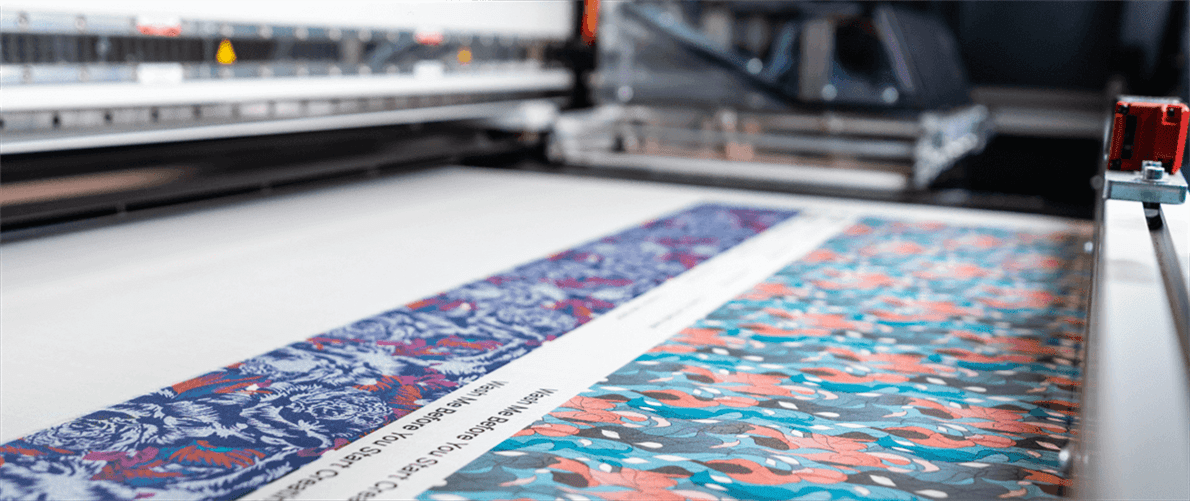Textile Printing for Small Businesses: How to Scale Your Production Efficiently
Textile Printing for Small Businesses: How to Scale Your Production Efficiently
Blog Article

Are you a small business owner looking to scale your textile printing operations without compromising quality? As businesses grow, scaling production efficiently while maintaining quality becomes a key challenge. Luckily, there are several strategies and technologies available today to help small businesses expand their textile printing capabilities. From selecting the right equipment to optimizing workflows, there are ways to streamline the production process and meet demand effectively. Let’s explore how small businesses can scale their textile printing operations efficiently.
Investing in the Right Printing Technology
The first step in scaling your textile printing business is to invest in the right printing technology. There are several types of textile printing methods, including screen printing, sublimation printing, and direct-to-garment (DTG) printing. For small businesses, DTG printing is often the most efficient choice because it allows for high-quality prints with minimal setup. Unlike screen printing, which requires intricate setups and designs for every new print, DTG printing allows for quick and easy customization, making it ideal for small batches and custom designs.
Choosing a reliable and efficient printing machine is crucial. When selecting the right equipment, consider the type of fabric you plan to print on, the level of detail in your designs, and the volume of orders you expect. High-end digital printers might be costly initially, but they can save time and money in the long run, especially for small businesses looking to scale production.
Streamlining Your Workflow
Scaling your textile printing operations isn't just about investing in better equipment; it's also about optimizing your workflow. Workflow automation tools and software can make managing orders, inventory, and production much easier. For instance, order management systems can track customer orders and ensure that no steps are missed during the printing process.
Additionally, automation in the printing process can help reduce human error and speed up production. For example, certain software can automatically send designs to printers, reducing the need for manual intervention. By streamlining the workflow, you can produce larger quantities without increasing the labor cost, making scaling much more feasible.
Outsourcing Production to Meet Demand
If you find yourself overwhelmed with orders, it might be a good idea to outsource some of your textile printing needs. Many small businesses partner with larger printing companies or wholesalers who can handle high-volume orders. This allows you to focus on design and marketing while leaving production to experts who can meet demand without delay.
Outsourcing helps manage fluctuations in orders without the need to invest heavily in new equipment or hire additional staff. It's important to choose a reputable outsourcing partner that aligns with your quality standards and timelines. Establishing clear communication and agreements with your partners will ensure a smooth and efficient scaling process.
Optimizing Inventory Management
Inventory management is another area where small businesses can make a significant impact when scaling their textile printing operations. Having an organized and efficient inventory system will allow you to track fabric stock, ink supplies, and finished products. This reduces waste and prevents delays in production due to lack of materials.
There are various inventory management tools available that can integrate with your order system. These tools help keep track of raw materials and finished goods in real-time, which allows you to anticipate shortages and order supplies ahead of time. A strong inventory management system ensures that you won’t run into production hiccups while meeting increased demand.
Offering Customization for Increased Sales
One of the key ways to differentiate your small textile printing business from the competition is by offering customization options. Customers love personalized items, whether it’s a custom t-shirt, bag, or home decor piece. Offering customizable options through your online store or in-person sales will give your business a unique edge.
However, custom orders can be tricky to manage, especially when scaling. Consider using online design tools that allow customers to create and submit their designs directly. This saves you time while also allowing your customers to feel more involved in the creation process. In addition, customized products often command higher prices, so offering this option can increase your revenue and brand loyalty.
Effective Marketing and Customer Engagement
As you scale, effective marketing and customer engagement will be essential for growth. The right marketing strategies will not only attract new customers but also keep existing ones coming back. Use social media platforms to showcase your products, demonstrate the printing process, and feature happy customers. Engaging content, such as behind-the-scenes videos or design tutorials, can build excitement around your products.
Email marketing and promotions can also keep your customers informed about new products and special offers. Building a strong brand and marketing presence will make scaling your business smoother, as it will generate consistent demand and provide valuable insights into your customer base.
Focusing on Quality Control
When scaling, maintaining product quality is crucial. Poor-quality prints can result in dissatisfied customers, which harms your brand reputation. To ensure consistent quality, set up a system for quality control at every stage of the printing process. This includes reviewing designs before printing, inspecting the final product, and ensuring that colors and details match expectations.
If you’re outsourcing some production, make sure your outsourcing partner also follows stringent quality control measures. Implementing quality control procedures will help keep your reputation intact as you scale and build long-term customer loyalty.
Conclusion
Scaling a textile printing business requires strategic planning and efficient processes. Investing in the right equipment, automating workflows, outsourcing when necessary, and managing inventory effectively are all crucial steps in making scaling possible. By offering customization options and focusing on quality control, your business can maintain its unique edge in the marketplace. With these strategies, small businesses can grow efficiently and meet the increasing demand while ensuring high-quality results.